VMware vSphere: Install, Configure, Manage [V8.0]
Master VMware vSphere 8.0 with our intensive, hands-on five-day course designed for system administrators and engineers seeking expertise in virtualization technology and data center management.
Enroll
Essential Skills Gained

Install and configure ESXi hosts.

Deploy and configure vCenter Server.

Create and manage virtual machines and networks.

Manage vSphere infrastructure and lifecycle.
Format
- Instructor-led
- 5 days with lectures and hands-on labs.
Audience
- System administrators
- System engineers
Description
This five-day course features intensive hands-on training that focuses on installing, configuring, and managing VMware vSphere 8, which includes VMware ESXi 8 and VMware vCenter 8. This course prepares you to administer a vSphere infrastructure for an organization of any size. This course is the foundation for most VMware technologies in the software-defined data center.
Upcoming Course Dates
Course Outline
Download PDFModule 1: Course Introduction
Introductions and course logistics
Course objectives
Module 2: vSphere and Virtualization Overview
Explain basic virtualization concepts
Describe how vSphere fits in the software-defined data center and the cloud infrastructure
Recognize the user interfaces for accessing vSphere
Explain how vSphere interacts with CPUs, memory, networks, storage, and GPUs
Module 3: Installing and Configuring ESXi
Install an ESXi host
Recognize ESXi user account best practices
Configure the ESXi host settings using the DCUI and VMware Host Client
Module 4: Deploying and Configuring vCenter
Recognize ESXi hosts communication with vCenter
Deploy vCenter Server Appliance
Configure vCenter settings
Use the vSphere Client to add and manage license keys
Create and organize vCenter inventory objects
Recognize the rules for applying vCenter permissions
View vCenter logs and events
Module 5: Configuring vSphere Networking
Configure and view standard switch configurations
Configure and view distributed switch configurations
Recognize the difference between standard switches and distributed switches
Explain how to set networking policies on standard and distributed switches
Module 6: Configuring vSphere Storage
Recognize vSphere storage technologies
Identify types of vSphere datastores
Describe Fibre Channel components and addressing
Describe iSCSI components and addressing
Configure iSCSI storage on ESXi
Create and manage VMFS datastores
Configure and manage NFS datastores
Module 7: Deploying Virtual Machines
Create and provision VMs
Explain the importance of VMware Tools
Identify the files that make up a VM
Recognize the components of a VM
Navigate the vSphere Client and examine VM settings and options
Modify VMs by dynamically increasing resources
Create VM templates and deploy VMs from them
Clone VMs
Create customization specifications for guest operating systems
Create local, published, and subscribed content libraries
Deploy VMs from content libraries
Manage multiple versions of VM templates in content libraries
Module 8: Managing Virtual Machines
Recognize the types of VM migrations that you can perform within a vCenter instance and across vCenter instances
Migrate VMs using vSphere vMotion
Describe the role of Enhanced vMotion Compatibility in migrations
Migrate VMs using vSphere Storage vMotion
Take a snapshot of a VM
Manage, consolidate, and delete snapshots
Describe CPU and memory concepts in relation to a virtualized environment
Describe how VMs compete for resources
Define CPU and memory shares, reservations, and limits
Module 9: Deploying and Configuring vSphere Clusters
Create a vSphere cluster enabled for vSphere DRS and vSphere HA
View information about a vSphere cluster
Explain how vSphere DRS determines VM placement on hosts in the cluster
Recognize use cases for vSphere DRS settings
Monitor a vSphere DRS cluster
Describe how vSphere HA responds to various types of failures
Identify options for configuring network redundancy in a vSphere HA cluster
Recognize vSphere HA design considerations
Recognize the use cases for various vSphere HA settings
Configure a vSphere HA cluster
Recognize when to use vSphere Fault Tolerance
Module 10: Managing the vSphere Lifecycle
Enable vSphere Lifecycle Manager in a vSphere cluster
Describe features of the vCenter Update Planner
Run vCenter upgrade prechecks and interoperability reports
Recognize features of vSphere Lifecycle Manager
Distinguish between managing hosts using baselines and managing hosts using images
Describe how to update hosts using baselines
Describe ESXi images
Validate ESXi host compliance against a cluster image and update ESXi hosts
Update ESXi hosts using vSphere Lifecycle Manager
Describe vSphere Lifecycle Manager automatic recommendations
Use vSphere Lifecycle Manager to upgrade VMware Tools and VM hardware
Labs
Lab 1: Accessing the Lab Environment
Lab 2: Configuring an ESXi Host
Lab 3: Adding vSphere Licenses
Lab 4: Creating and Managing the vCenter Inventory
Lab 5: Adding an Identity Source
Lab 6: Users Groups and Permissions
Lab 7: Creating Standard Switches
Lab 8: Configuring vSphere Distributed Switches
Lab 9: Accessing iSCSI Storage
Lab 10: Managing VMFS Datastores
Lab 11: Accessing NFS Storage
Lab 12: Creating and Removing a Virtual Machine
Lab 13: Installing VMware Tools
Lab 14: Adding Virtual Hardware
Lab 15: Modifying Virtual Machines
Lab 16: Creating Templates and Deploying VMs
Lab 17: Using Local Content Libraries
Lab 18: Using Subscribed Content Libraries
Lab 19: Versioning VM Templates in Content Libraries
Lab 20: vSphere vMotion Migrations
Lab 21: vSphere Storage vMotion Migrations
Lab 22: Working with Snapshots
Lab 23: Controlling VM Resources
Lab 24: Implementing vSphere DRS Clusters
Lab 25: Configuring vSphere HA
Lab 26: Using vSphere Lifecycle Manager
Your Team has Unique Training Needs.
Your team deserves training as unique as they are.
Let us tailor the course to your needs at no extra cost.
See What Other Engineers Are Saying
Trusted by Engineers at:
and more...
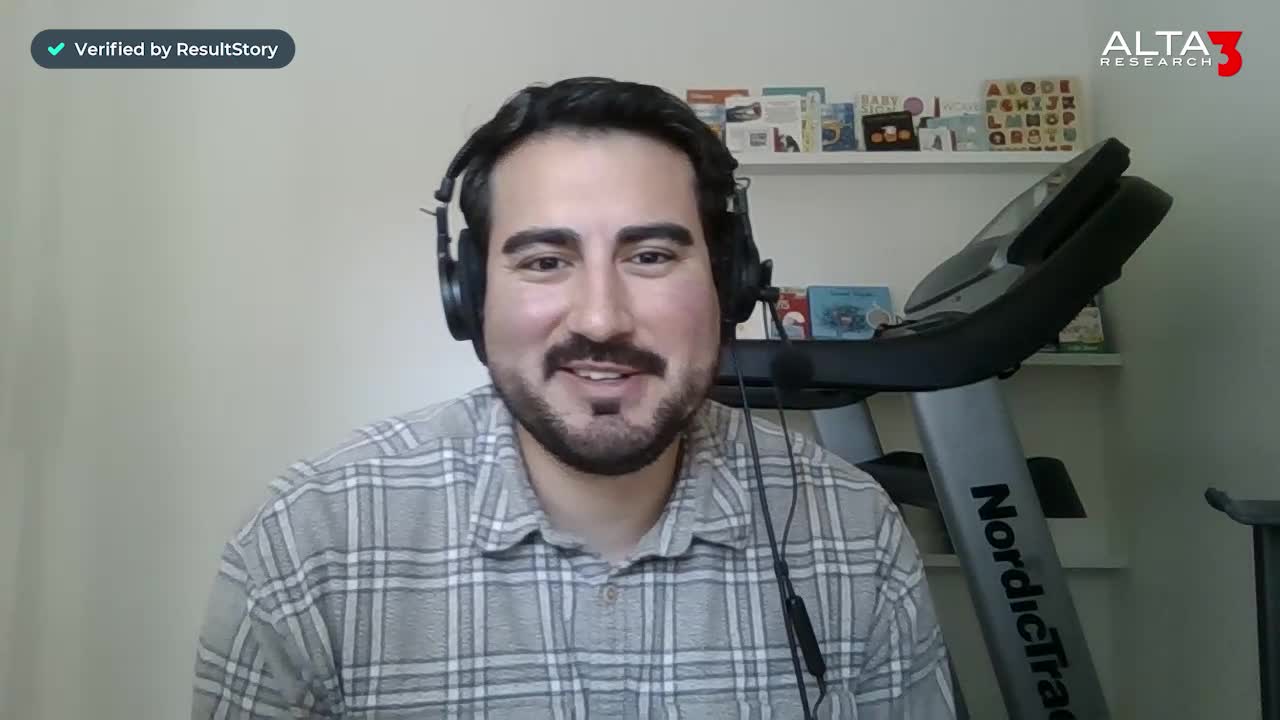
Aaron Steele

Casey Pense
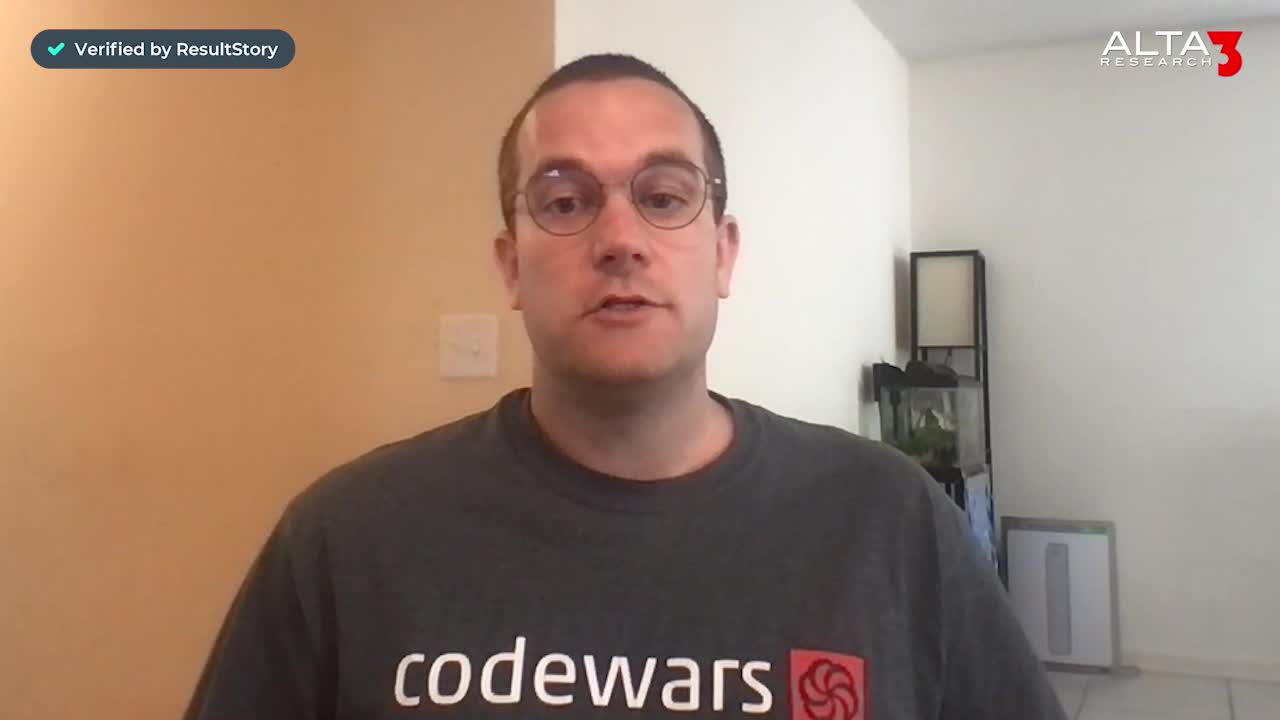
Chris Tsantiris
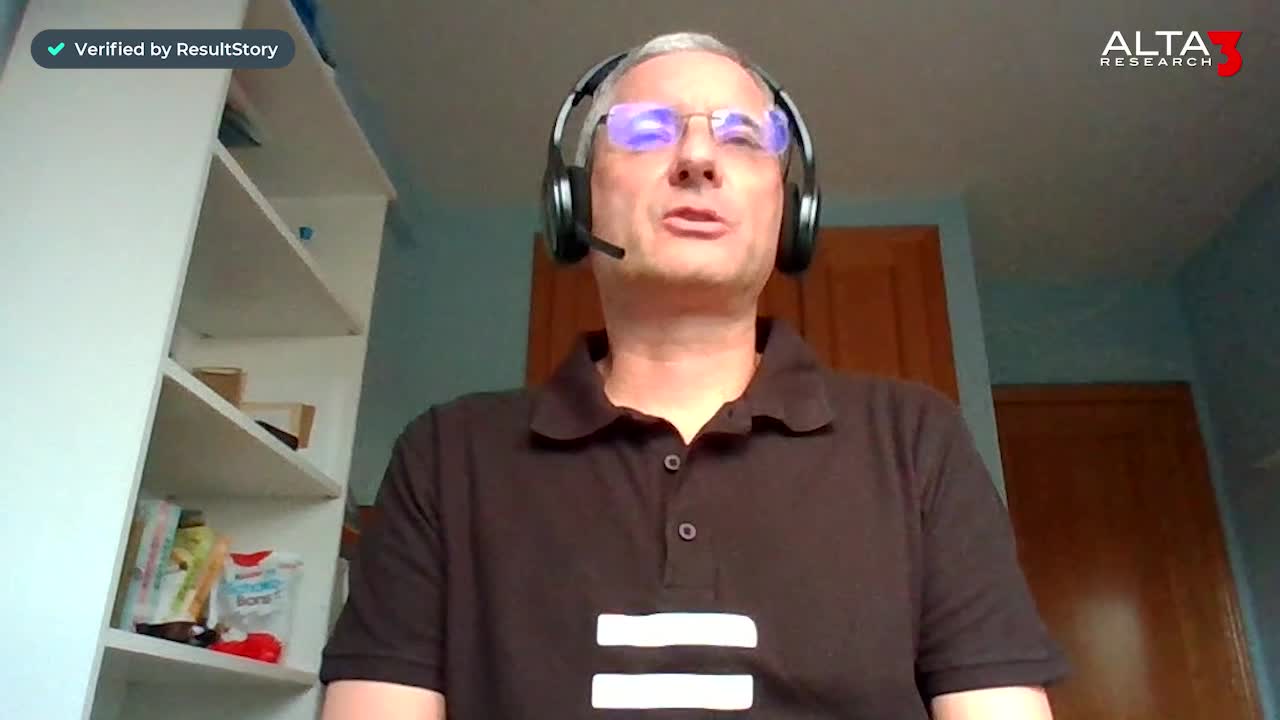
Javier Martin
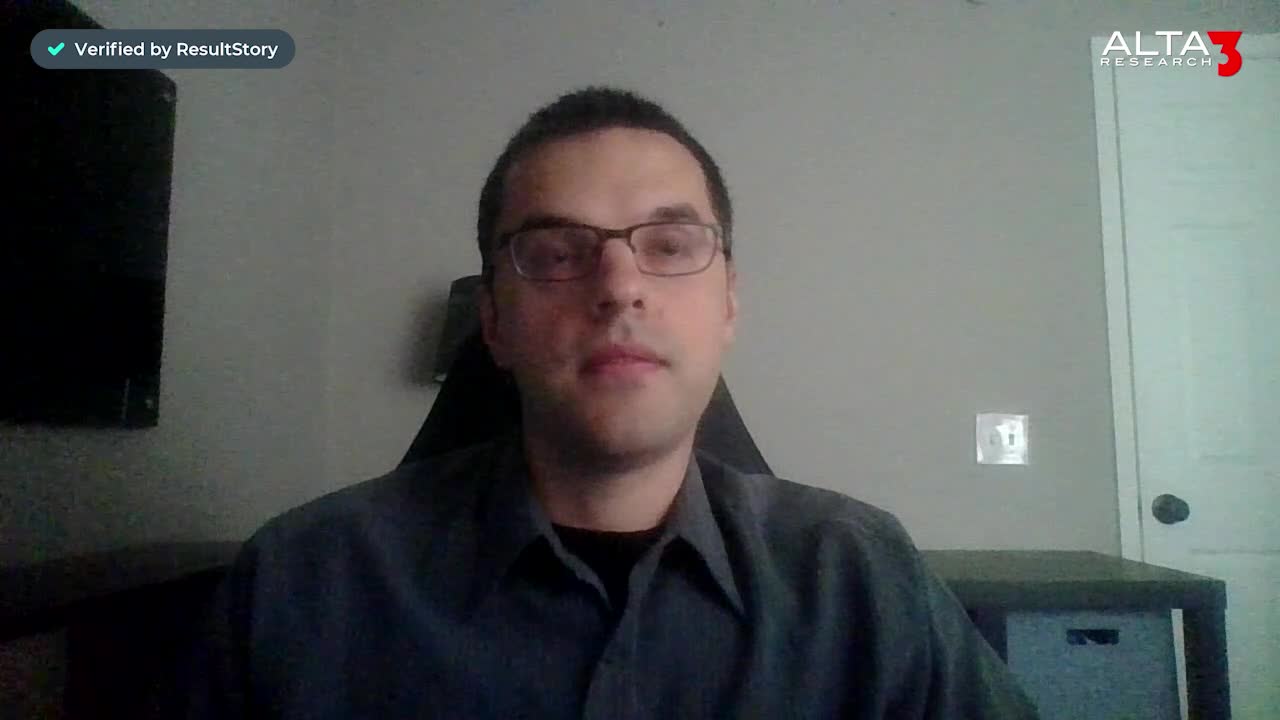
Justin Gilley
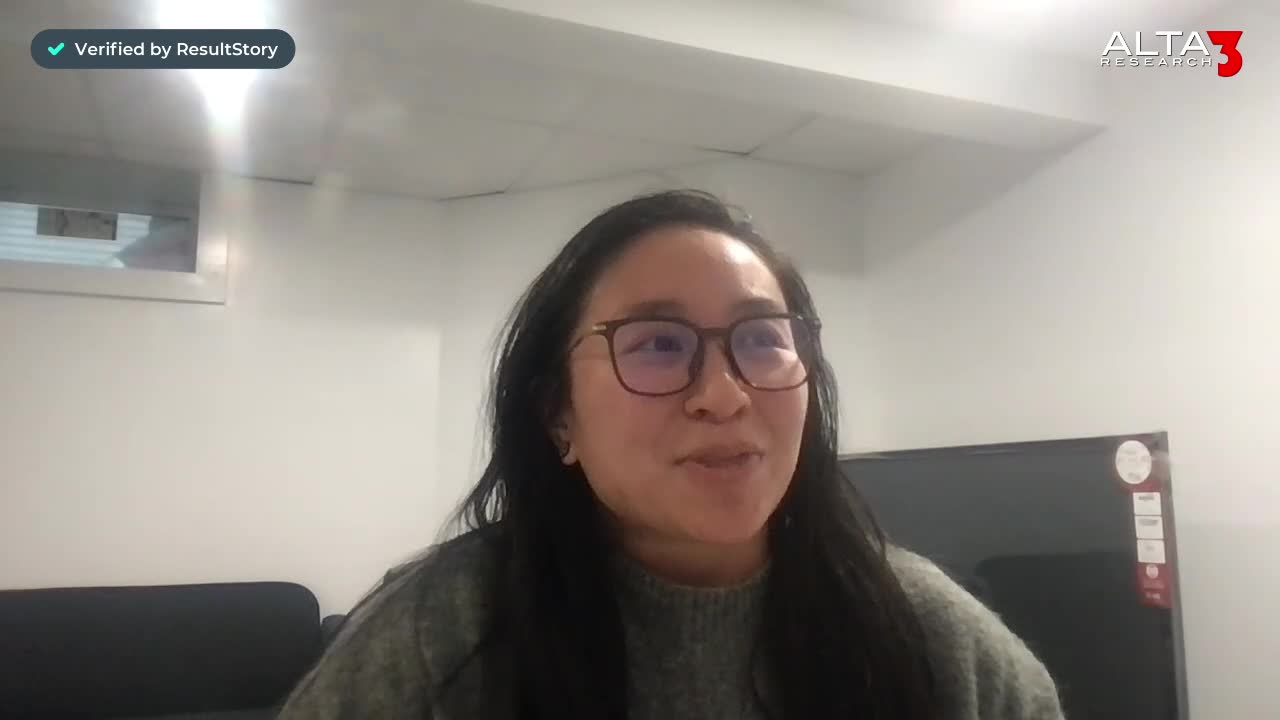
Kathy Le
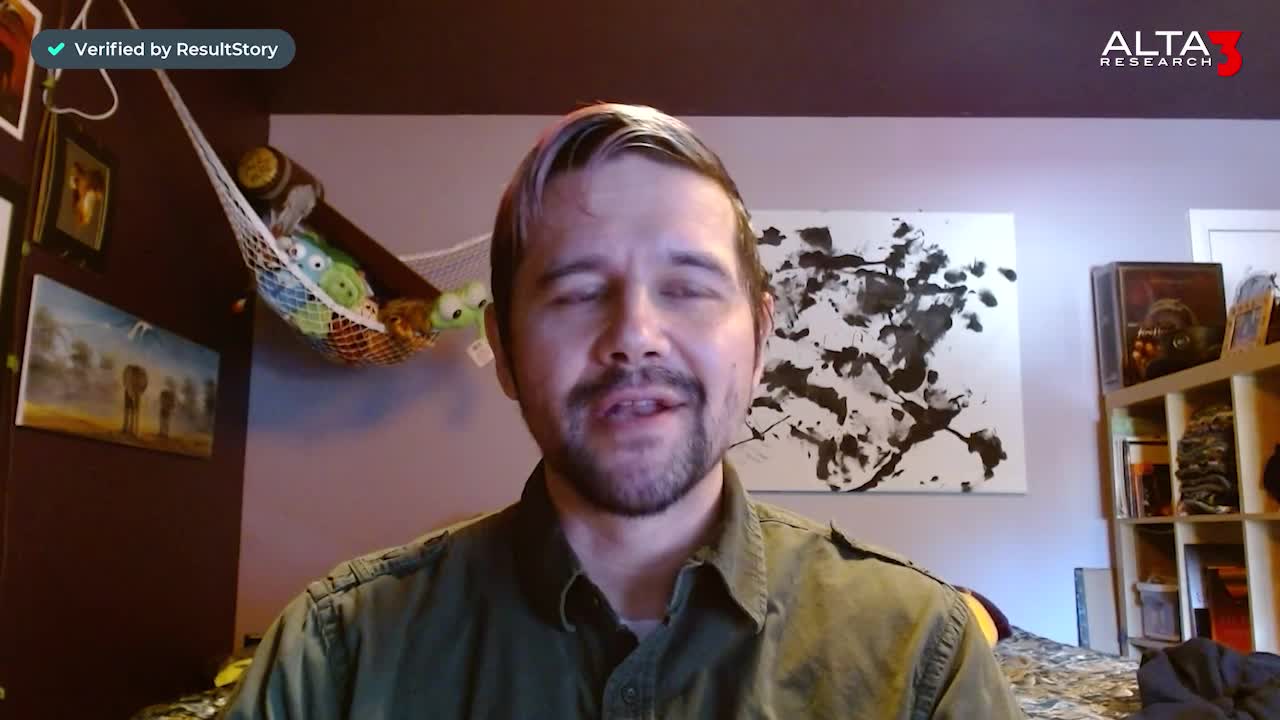
Kelson Smith

Oussama Azzam

Pascal Rodmacq
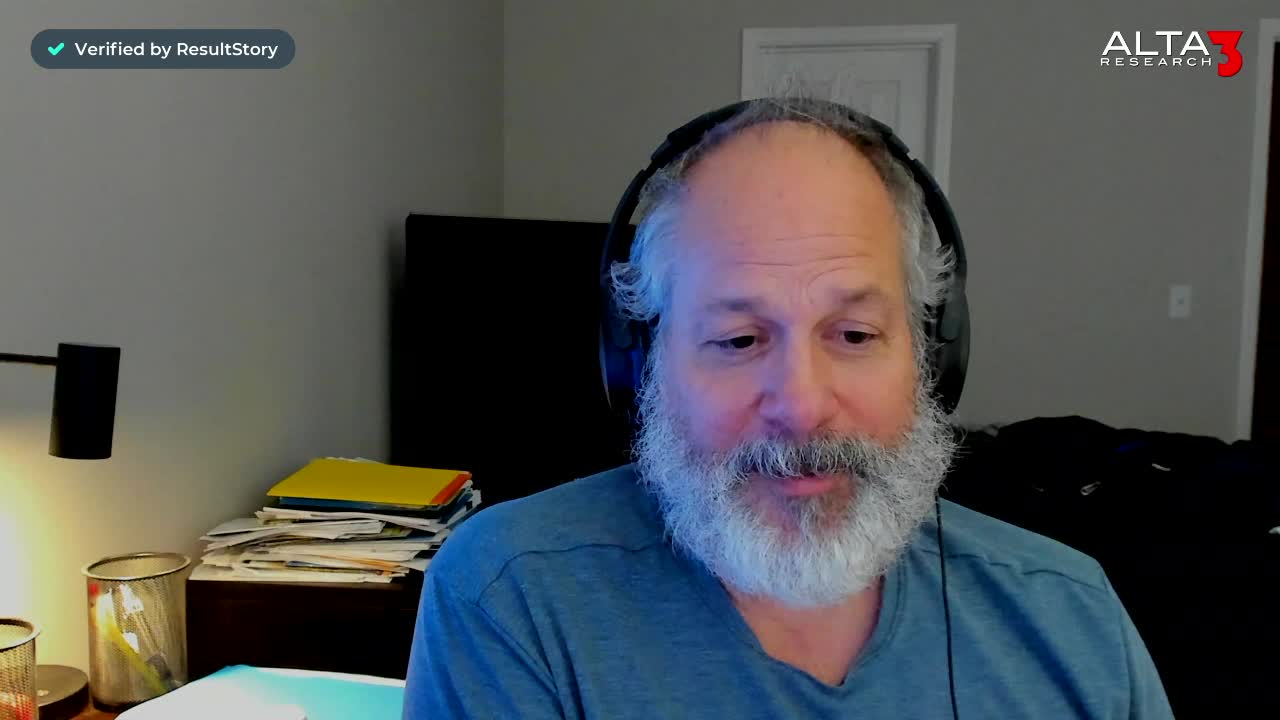
Randall Granier

Aaron Steele

Casey Pense

Chris Tsantiris

Javier Martin

Justin Gilley

Kathy Le

Kelson Smith

Oussama Azzam

Pascal Rodmacq

Randall Granier